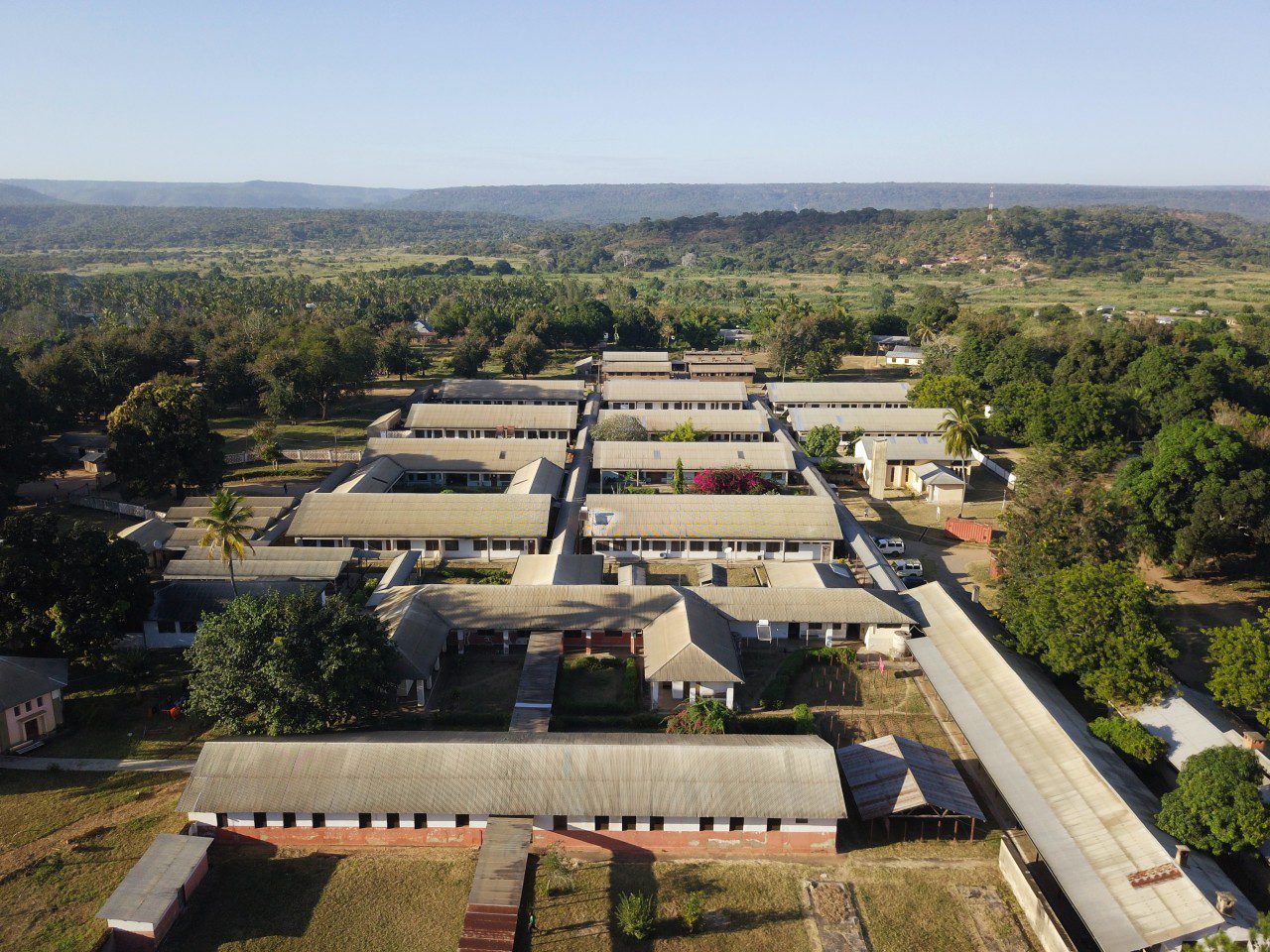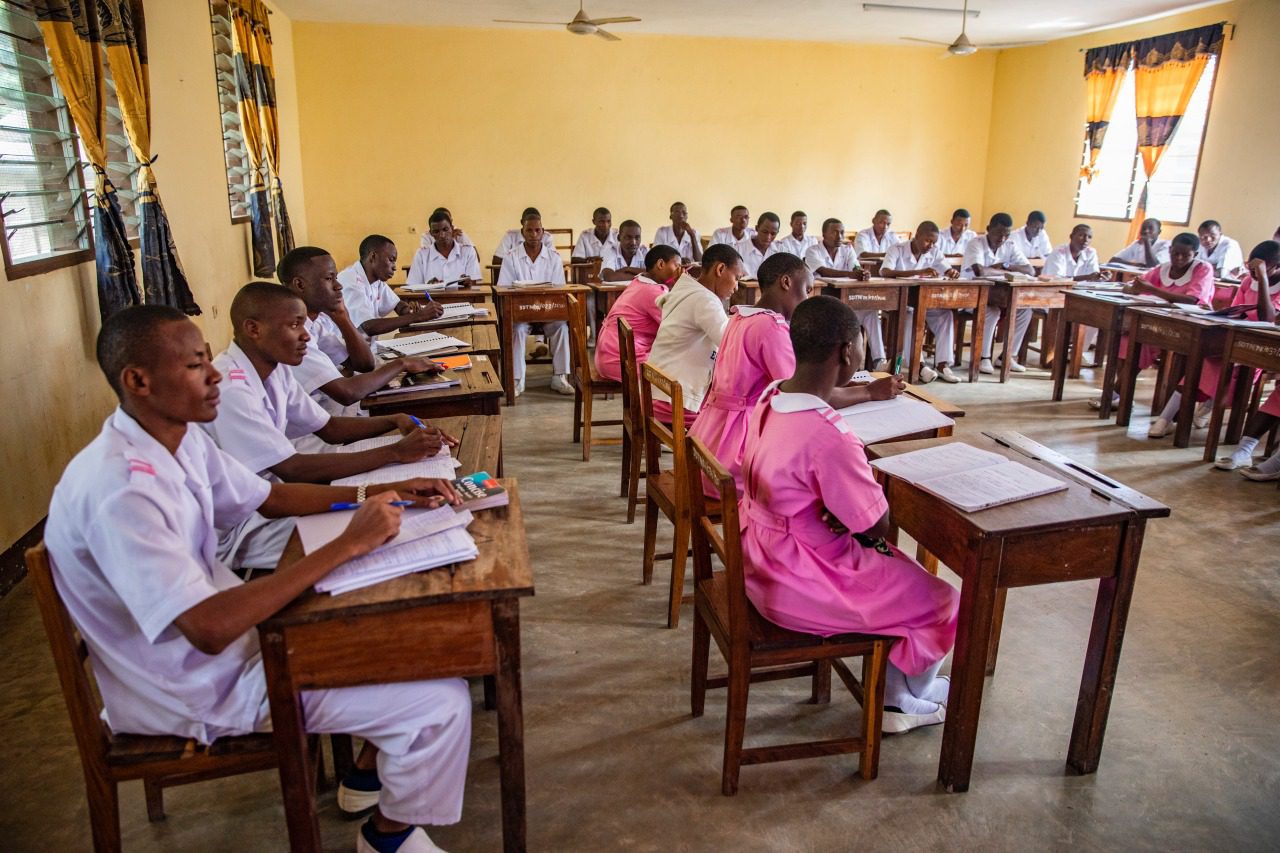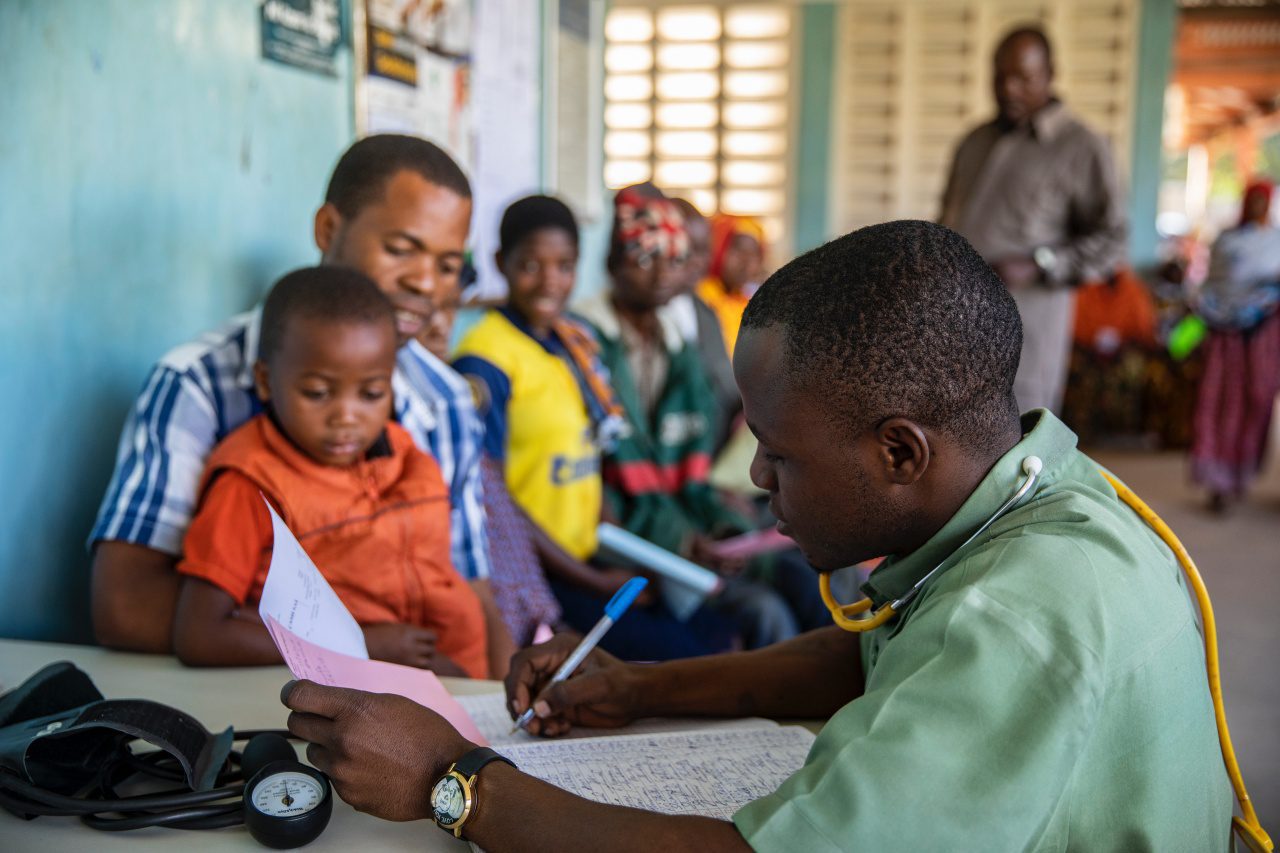About the project
The St. Walburg`s Hospital in Nyangao is the only way for around 90,000 patients a year to receive medical help. However, the state-approved hospital in southern Tanzania is struggling with many challenges. The financial resources are barely sufficient. The staff are often not sufficiently qualified and the power supply is very unreliable.
Nevertheless, thanks to the tireless efforts of around 285 employees, both outpatients and inpatients, Tag an Tag many patients are treated there. The hospital provides particularly intensive care for pregnant women and infants, as far too many mothers and children are still dying from preventable diseases.

The story
Our work
Challenges of a bush hospital
Healthcare in large and important cities such as Daresalaam is comparatively good, but the further you go into the countryside, the more the quality declines. Even in the larger regional hospitals, there is a clear disparity and the number of patients per doctor increases. In the district hospitals, such as the St. Walburg`s Hospitalthere are approximately 1,000 patients per hospital bed and 1 doctor per 100,000 inhabitants. The country's poor infrastructure, lack of roads and inadequate communication options from the remote regions to the cities are already preventing good care throughout the country. The unequal distribution of financial resources is also problematic. Only 15% of the financial resources are available for the care of 90% of the population. An additional problem of the Tanzanian healthcare system is the lack of staff in the clinics. There are enough trained specialists, but the Tanzanian state lacks the funds to employ them. There has been a hiring freeze since 2015 - with no end in sight.
This too St. Walburg`s Hospital also has to contend with many difficulties and restrictions. It plays a key role in providing healthcare in the rural south-east of the country and is the only access point for around 1 million people. Artemed Stiftung provides the hospital with the best possible support in this important task.
A hospital for all
The specialist areas of internal medicine, surgery, gynecology, obstetrics, pediatrics, dentistry and ophthalmology are represented in the St. Walburg`s Hospital represented. HIV and tuberculosis are also very common diseases in Tanzania, which are treated in the St. Walburg`s Hospital are cared for.
X-ray and ultrasound equipment as well as a laboratory are used for diagnostics. The on-site pharmacy supplies all patients with medication and a physiotherapy practice is also available for the treatment of physical ailments.
Close exchange with the M.A.T.E.s
The availability of a hospital does not automatically imply good medicine. Our Tanzanian team wants to help where help is needed, but the knowledge is often lacking. Good work processes are also indispensable for sustainable good medicine. And the technical infrastructure needs great improvement.
What we do

FURTHER EDUCATION AND TRAINING
- Deployments of our German M.A.T.E. team
- Further training for Tanzanian staff
- Award of scholarships

RECRUITMENT OF EMPLOYEES
- Creating an attractive working environment
- Funding for jobs

INFRASTRUCTURE
- Medical devices
- Construction measures
- IT and communication
- Energy
Sam's story

The abject poverty of the people in Nyangao is omnipresent. Families often do not know how to feed their children. So one day, little Sam and his parents came to the St. Walburg`s Hospital. He had been suffering from severe breathing problems for two days. His oxygen saturation was below 70%. For comparison: in a healthy person, regardless of age or gender, the value is usually between 95 and 100%. If it falls below 80%, the function of organs such as the brain and heart can be impaired - in the long term, there is a risk of cardiac or respiratory arrest.
The boy was in a very poor condition, the doctors had already written him off and thought it best to take him to the ward to die. Had it not been for a team consisting of a German doctor and an anesthesia nurse who insisted on having another look with a laryngoscope - a kind of small mirror - in the operating room. The African team agreed. When the little boy was asleep and stopped breathing completely, they noticed that even under high ventilation pressures it was almost impossible to force air into the two-year-old - the airways must have been blocked by a large object. And indeed: the gnawed lower jaw of a rat was stuck deep in the windpipe. Complete, still with three pointed teeth. There was nothing else Sam's parents could give him to eat.
After the removal, two tracheotomies under inadequate conditions due to a lack of material and technology, many days and hours of anxiety, renewed poor oxygen saturation, a second operation, a team that did superhuman things to give the little boy a chance to survive and heal, a small, laughing boy was soon walking around the St. Walburg`s Hospital. He was discharged, leaving behind a completely exhausted but deeply relieved and happy hospital team. Without their tireless efforts, ingenuity and courage, the child would not have survived.
A narrative based on Elena Terwilliger, Medical Assistant & Intensive Care Nurse


